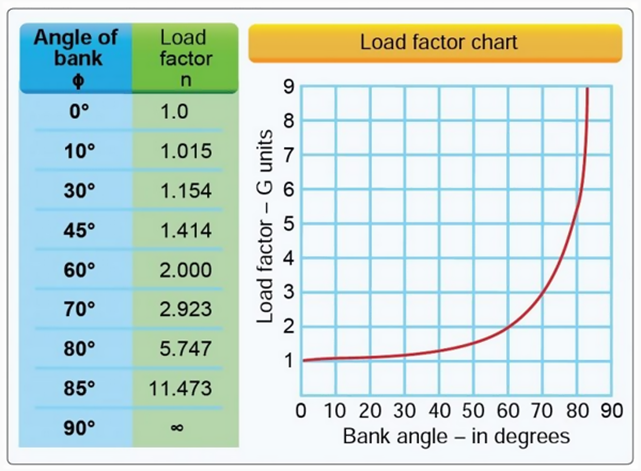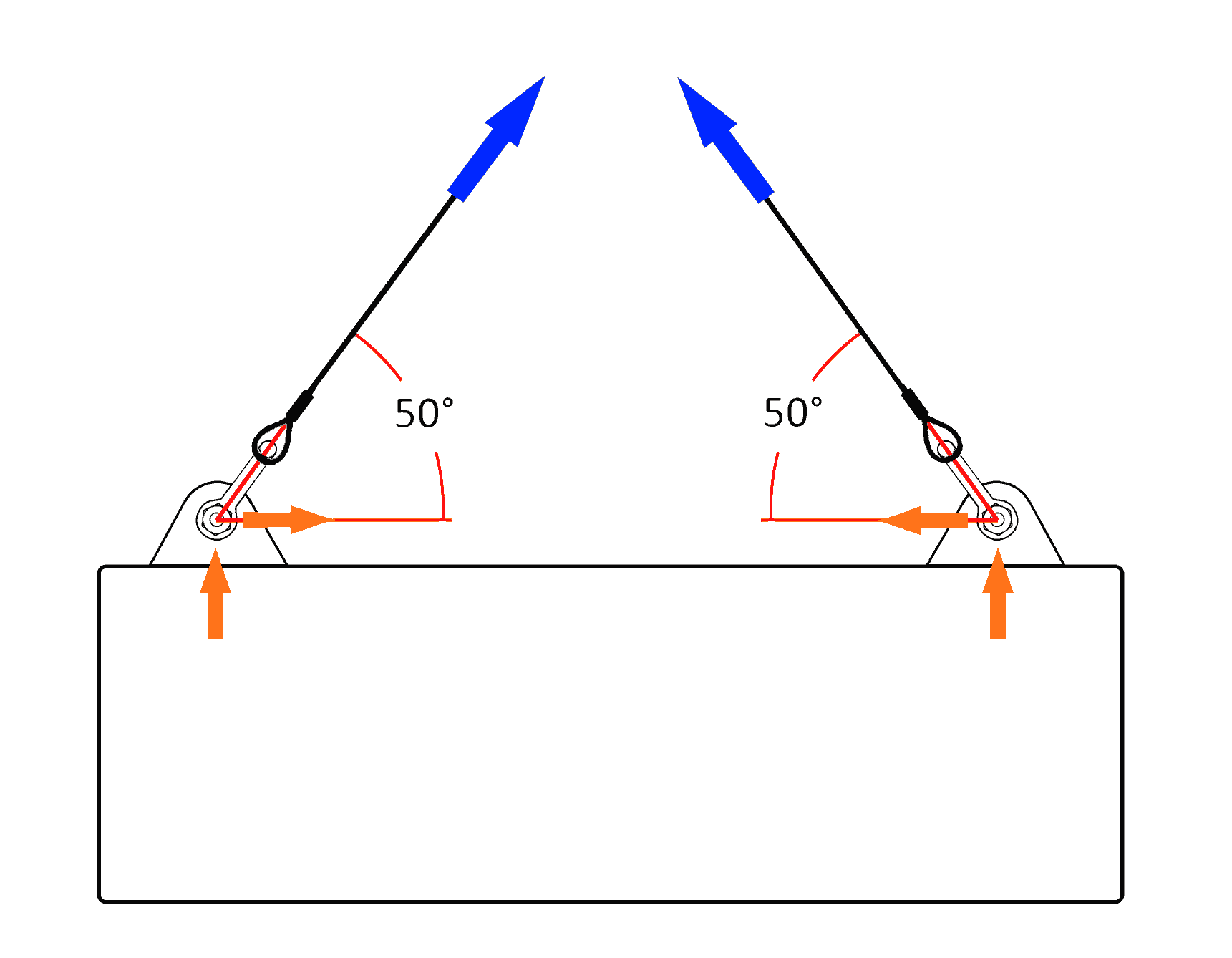


When the input voltage reaches zero at 180˚ (10ms) due to the nature of the sine wave ( natural commutation), the Thyristor gets turned off. The Thyristor is triggered at 50˚ (2.78ms) by applying a pulse to the gate terminal, which is why the output voltage appears suddenly and follows the input voltage. The input supply voltage is shown in Red. The above graph shows the input and output response of the AC Voltage Controller with an attached Resistive Load (R). The triggering angle, commutation angle, and conduction angle is marked below. The SCR naturally gets turned off when the Supply voltage reaches zero. The below figure shows the output voltage curve where the connected load is purely Resistive. It is the angle at which the SCR/Thyristor in On State and experience the current flow.

In RL Load application it will vary irrespective of Zero Crossing For AC Resistive load applications normally, the Commutation takes place at every zero crossings. It is the angle at which the SCR gets turned off. This is the angle where the designers apply the gate pulse to control SCR/Thyristor.Ĭommutation angle or Extinction Angle (β) It is the angle at which the SCR gets turned on and starts conducting. The table below describes some key parameters that you will come across while working with Thyristor family devices, it will help you to understand the system better. Because of this advantage point, Thyristor family devices are most commonly used for low frequency, high power applications. Turn Off Control by External Trigger like Gate PulseĪn AC sine wave naturally reaches zero voltage for each half cycle and doesn’t require a separate commutation(turn off) circuit. Turn On Control by External Trigger like Gate Pulse The below table will help you understand the difference between these in brief. The Semiconductor devices used in Switched-mode power supplies can be subcategorized into the following three groups, they are Fully Controlled Devices, Fully Uncontrolled Devices, and Partially Controlled Devices. Whereas AC Voltage Regulators fall under the phase Angle control category, which provides variable output voltage without any change in Supply Frequency.Ĭlassification of Switching Devices based on Control Methodologies Magnitude Control by controlling the Phase Angle.A variable AC power supplies can be used in most of the day to day applications like heaters (for altering temperature settings), Fans, Dimmer Circuits, etc.įor modern-day microcontroller-based Smart Home appliances, understanding the interface between digital electronic to power electronic becomes a necessity, hence this article provides a detailed overview of AC Voltage Regulators and the necessary design parameters.īased on the Controlling parameters, the AC power controllers can be divided into two categories: In the field of power electronics, AC Voltage Regulator is a type of power converter that is used to convert a fixed AC voltage into variable AC Voltage.


 0 kommentar(er)
0 kommentar(er)
